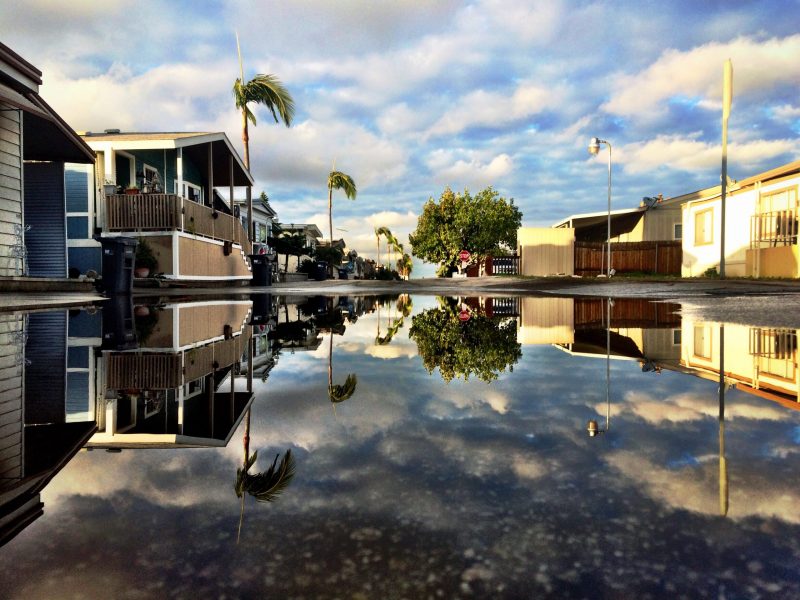
How to Minimize Damage After a Flood
Floods, man-made or natural, pose a huge threat to both residential and commercial properties. The immediate aftermath of a flood can be challenging to handle. The health and safety of the occupants must be addressed first. Then, one must proceed to assess the damage to household possessions, gas supply, equipment, electrical systems, basement, etc. However, flood damage control must be undertaken with professional help as one mistake can further exaggerate the damage.
Additionally, a flood can leave excess moisture in the home and cause long-term mildew and mold issues. Health conditions, like asthma or virus infections, can worsen if the flood damage is not done correctly. Here are some critical steps to help minimize damage after a flood.
Shut off Electricity
Homeowners must immediately cut off electricity supply the moment they sense an impending flood situation. Home occupants, especially children, are susceptible to electric shocks due to water seepage. Water can reach sockets, main supply, or outlets, making them a dangerous touchpoint.
Electrocution is the most common flood-related disaster. Appliances in the basement, including freezer and furnace, must be switched off immediately when the house begins to flood. Follow similar procedures even during heavy storms. Wear dry clothes, use a wooden ladder/step, and avoid waterlogged areas when disconnecting the electrical supply. If flood water has risen to the electric fuse box, it is recommended to engage a professional electrician.
Inspect Your Sump Pump
Sump pumps are recommended for various areas where flooding is expected. Homeowners are advised to regularly inspect and maintain their sump pump systems in pristine working condition. Both the pump and pit must be clean to handle oncoming floodwaters. The discharge hose must be installed at a suitable distance away from the property.
The outlet must be built on a lower ground; otherwise, water can flow back into your home. Ensure that drain water is not pumped into the city’s sanitary pipeline as it may cause sewage backup.
Move Furniture/Possessions to a Higher Location
When floodwaters start rising, immediately move the furniture and valuables to a higher elevation in your home. Move irreplaceable items first, such as electronic equipment, family pictures, documents, financial assets, etc. If possible, store the items in waterproof containers.
If the entire ground floor is flooded, quickly move essential items to the first floor. In case of massive flooding, store all the food items on the first floor since it can take many hours before authorities can come to your rescue.
Prevent Fuel Tanks
Many homes have fuel tanks for generators or wood burning. Fuel tanks, if left unchecked, can spill over and create a risky fire situation. Preserving fuel tanks should be an immediate concern. Homeowners must move the tank to a safe location and anchor it so that it stays in its place firmly. As a precaution, do not store excess fuel in your home if you live in a flood-prone region.
Call VIP Restoration for Flood Assistance and Flood Damage Control
Just grabbing a bucket to remove water from your home won’t do much. The above steps can help you take stock of the flood situation and save your family members. You must get in touch with professionals to handle the flood situation safely.
At VIP Restoration, we ensure that your home has the right protection against flood-related damage. We clean up basements, remove floodwater, solve flood-related sewage issues, and get your life back on track. Our team has the latest equipment and are certified to carry out extensive flood-related damage control.
Call us today to book an appointment for flood damage control.
